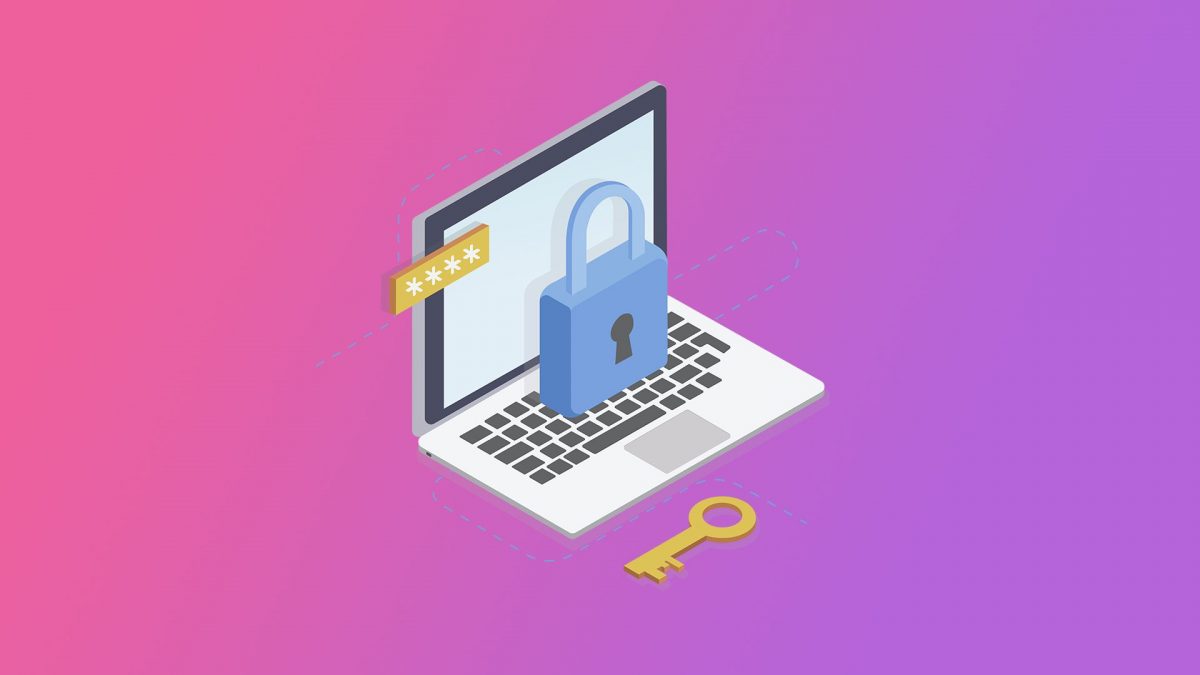A Deep Dive into the Illusion of Digital Safety.
In today’s hyper-connected world, being online is not just a convenience – it’s a necessity. But while we surf, shop, scroll, and stream, there’s a critical question we often overlook:
How secure are we really online?
Let’s unpack the digital risks hiding in plain sight and how to guard yourself in a landscape that’s constantly evolving.
1. The False Sense of Security
Many users assume that having antivirus software or a strong password is enough to stay protected. Unfortunately, hackers and malicious actors are more advanced than ever. Common online activities like using public Wi-Fi, clicking a fake link, or reusing passwords can open dangerous doors.
Reality check: Over 80% of hacking-related breaches involve stolen or weak passwords (source: Verizon DBIR).
2. The Password Problem
How many accounts do you have? 10? 50? More? Most people recycle the same (or similar) passwords across multiple services making a single data breach a golden ticket for hackers.
Solutions:
- Use a password manager like Bitwarden, 1Password, or LastPass.
- Enable multi-factor authentication (MFA) wherever possible.
- Avoid using easily guessable information like birthdays or pet names.
3. The Apps Spying on You
Free apps often come at a hidden cost your privacy. From accessing your location to listening through your microphone, some apps collect far more data than they need.
What to do:
- Review app permissions regularly.
- Delete apps you don’t use.
- Check privacy labels before downloading new apps.
4. Public Wi-Fi:- A Hacker’s Playground
Free Wi-Fi at cafes or airports is convenient and risky. Without encryption, it’s easy for hackers to intercept data like logins, credit card numbers, or emails.
Quick Tips:
- Avoid logging into sensitive accounts on public Wi-Fi.
- Use a VPN (Virtual Private Network) to encrypt your data.
- Turn off auto-connect to unknown networks.
5. Phishing Attacks Are Smarter Now
Gone are the days of badly worded spam emails. Today’s phishing attacks are highly targeted, often mimicking real companies, banks, or even colleagues.
Red flags to watch for:
- Urgent requests for action (“Your account will be closed!”)
- Misspelled URLs or email addresses
- Attachments from unknown senders
6. Social Engineering:- Hacking Humans
Even the best firewalls can’t stop someone from being tricked into giving away information. Social engineering relies on manipulating trust over phone calls, messages, or emails.
Think twice before sharing personal info with someone who “sounds official.”
7. Tools to Boost Your Online Security
Here’s a short toolkit to instantly improve your digital safety:
- Browsers: Use privacy-focused browsers like Brave or Firefox.
- Search engines: Try DuckDuckGo for private searches.
- Security extensions: uBlock Origin (ad blocker), HTTPS Everywhere, Privacy Badger.
- Antivirus: Keep it updated, even on Mac or mobile.
Security Is a Habit, Not a Setting
Online security isn’t just about tools it’s about awareness. With evolving threats, staying secure means staying informed. Review your habits, question what you click, and treat your data like you would your money: valuable and worth protecting.
💬 Are you taking your digital safety seriously? Share your thoughts, tips, or security tools you use in the comments below!
Apsara Madhushani
7 articles